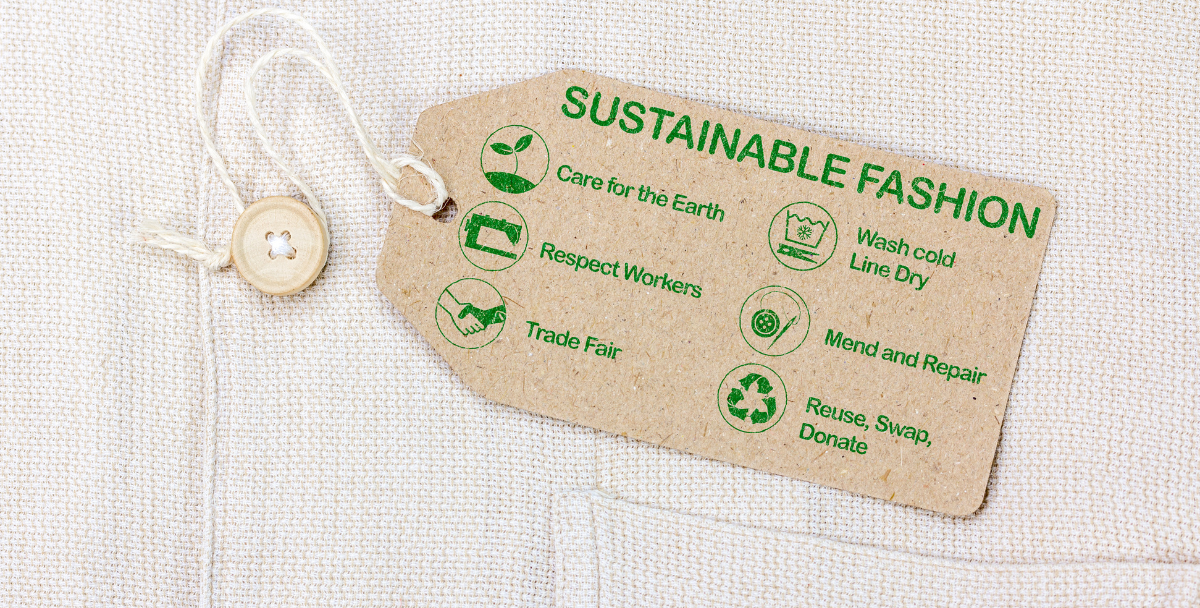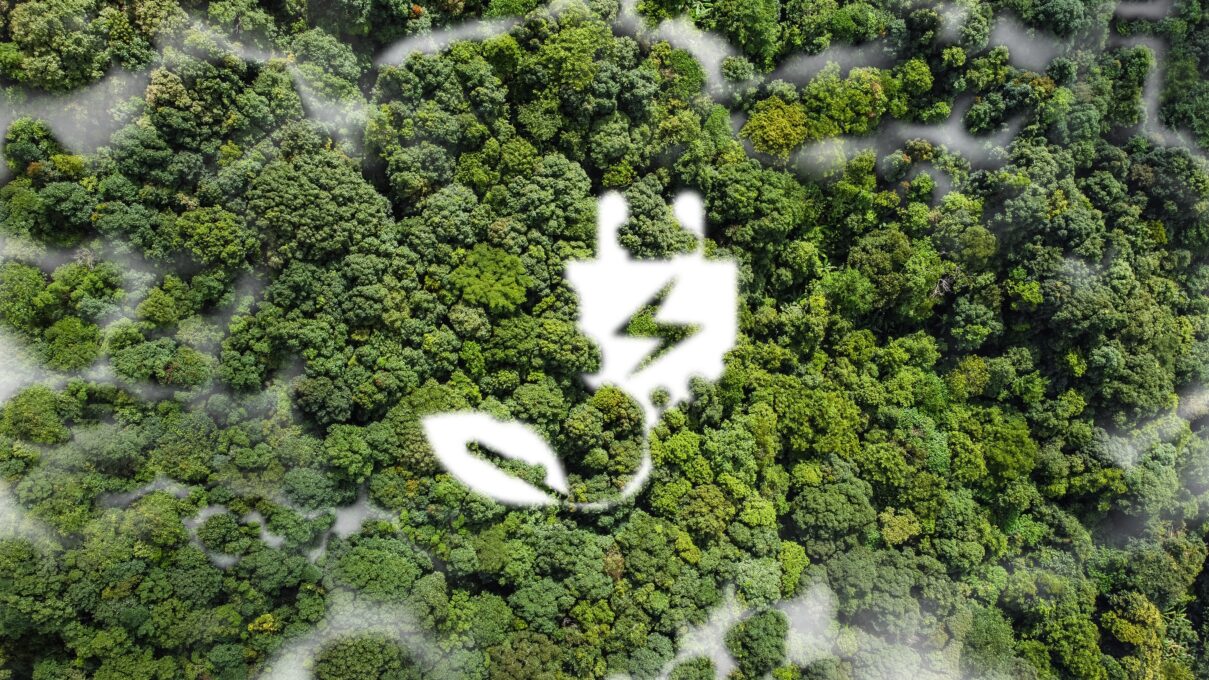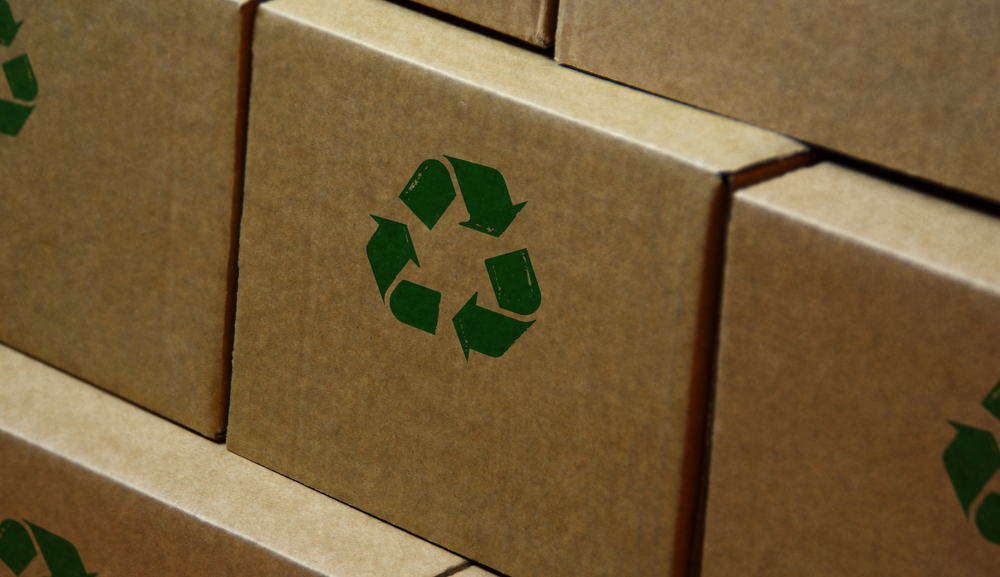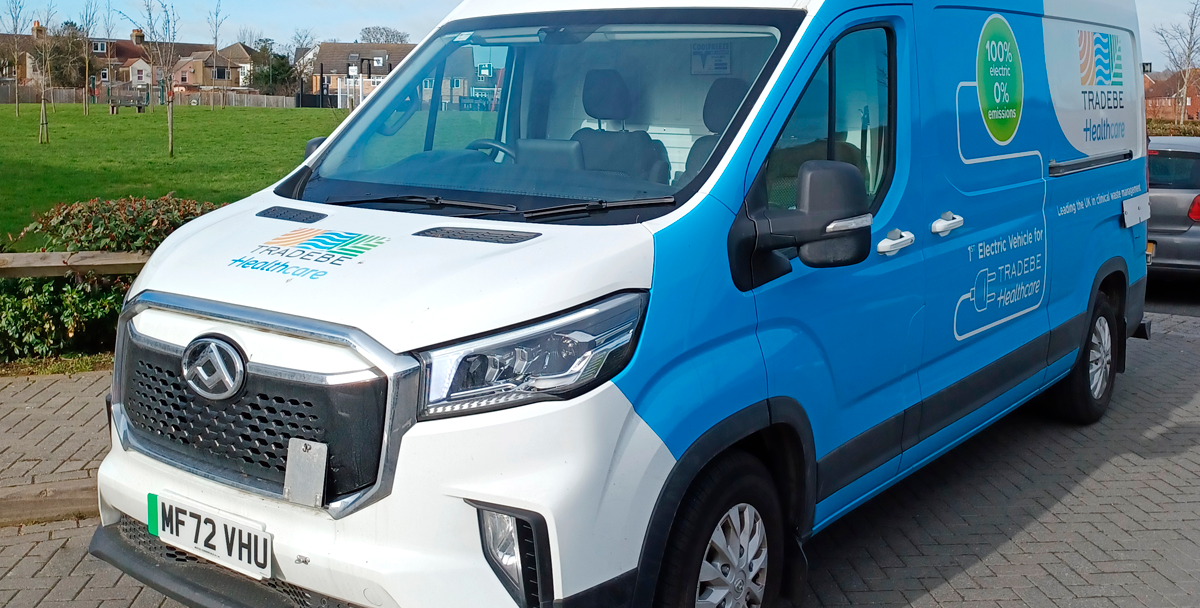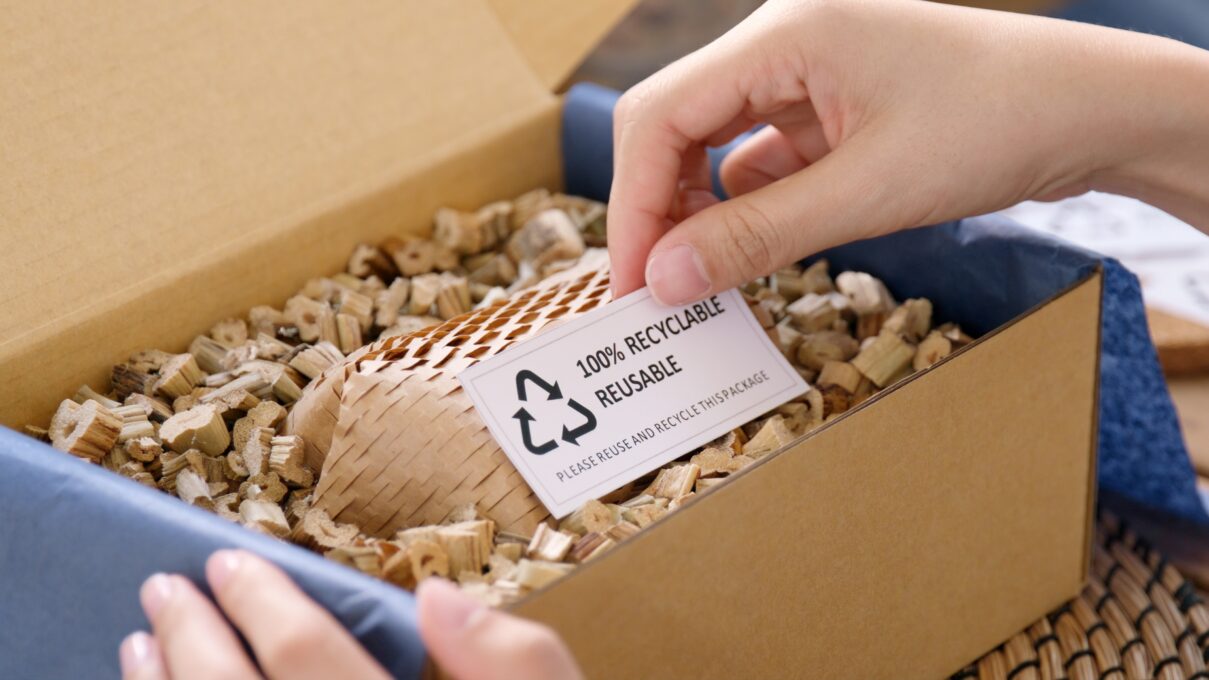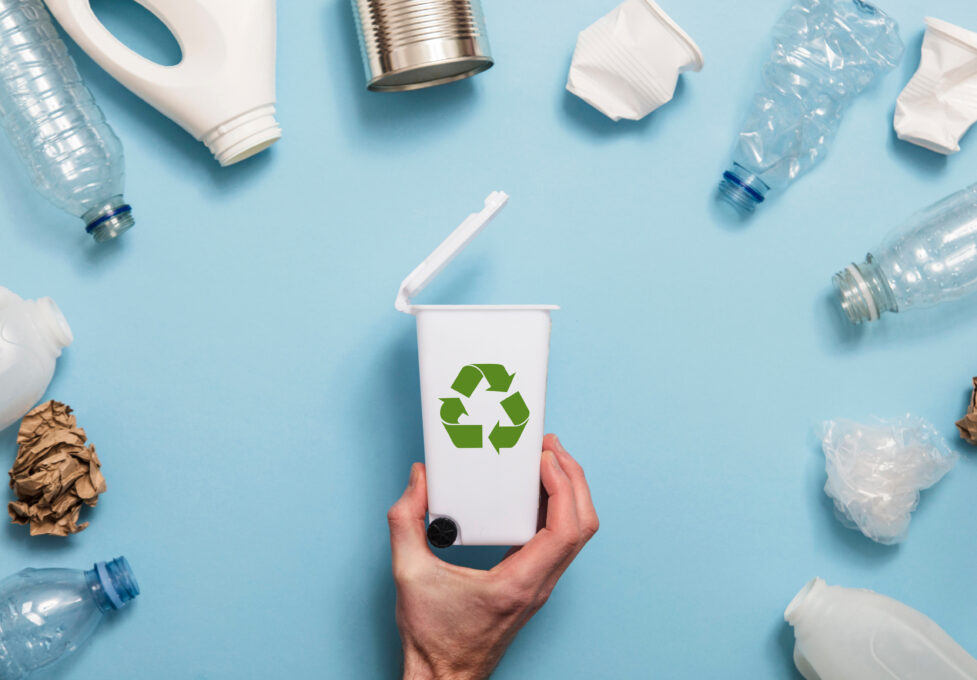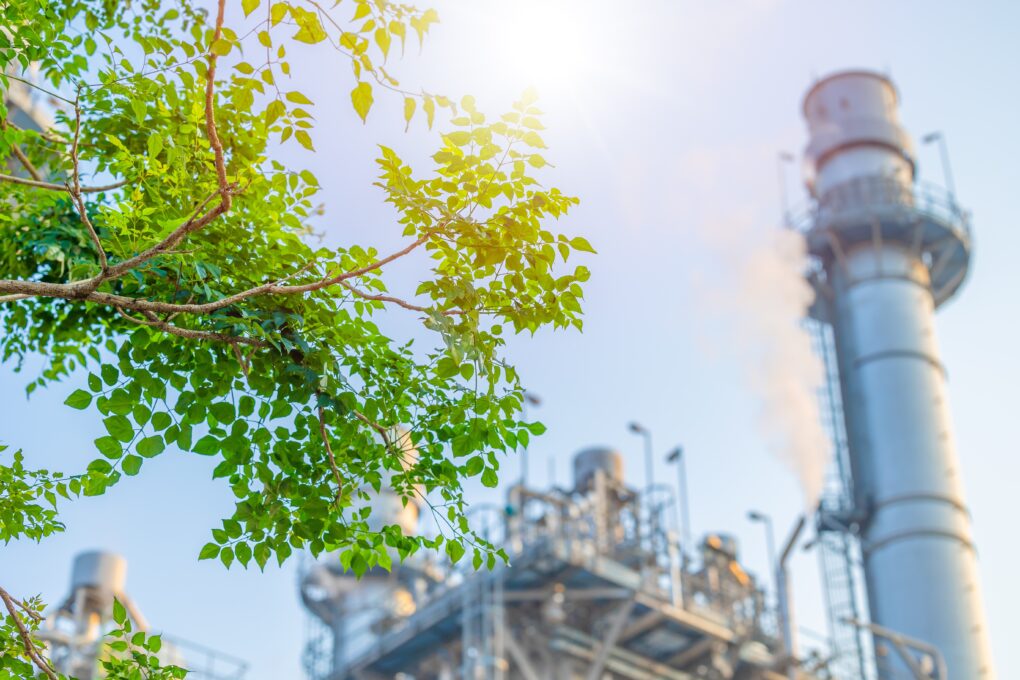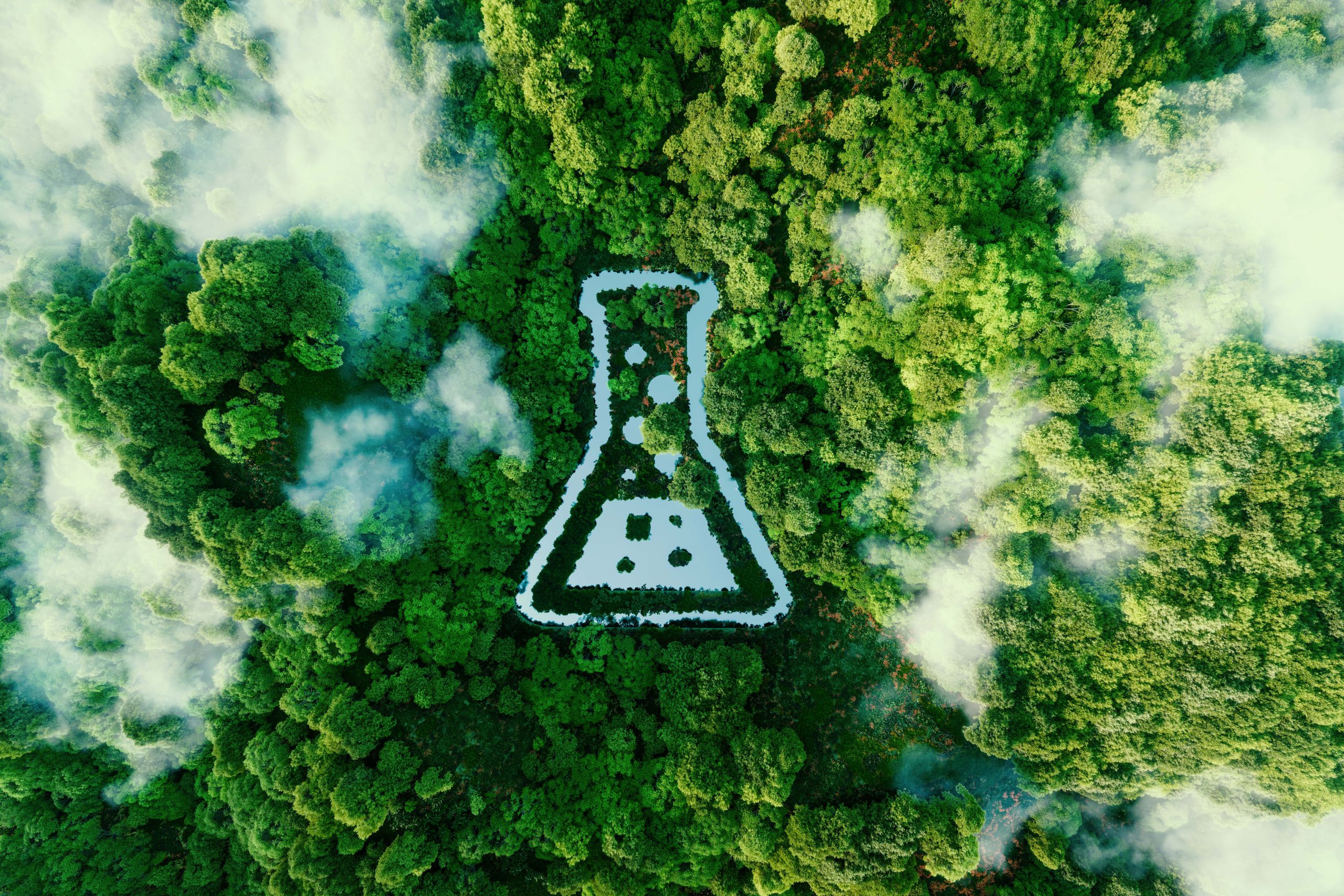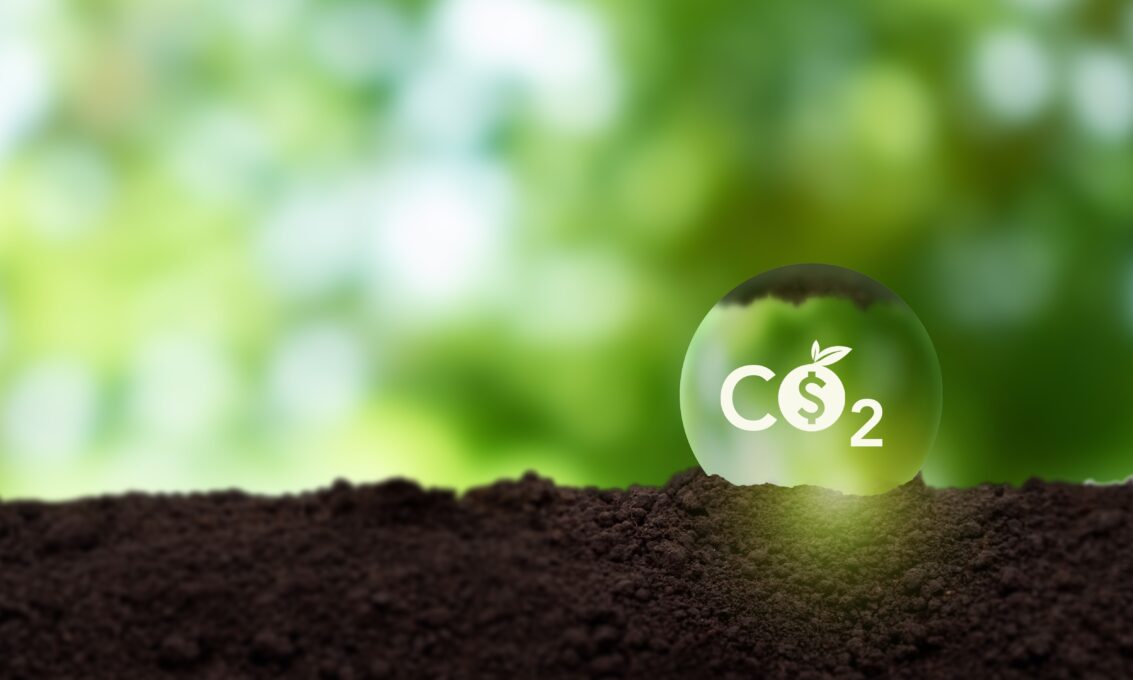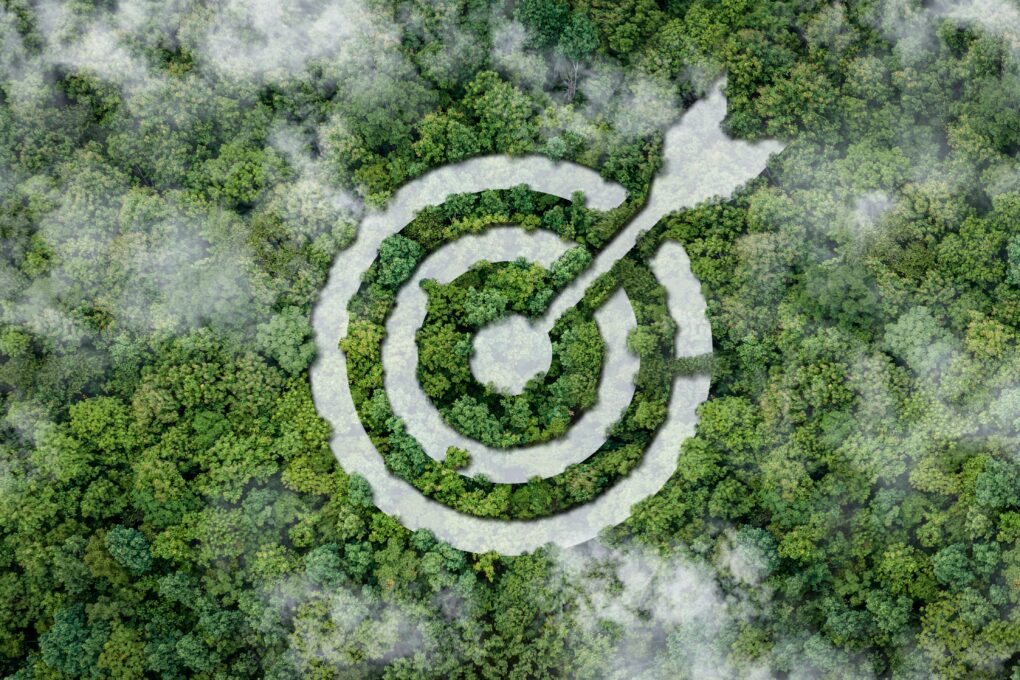Life Cycle Assessment (LCA): everything you need to know
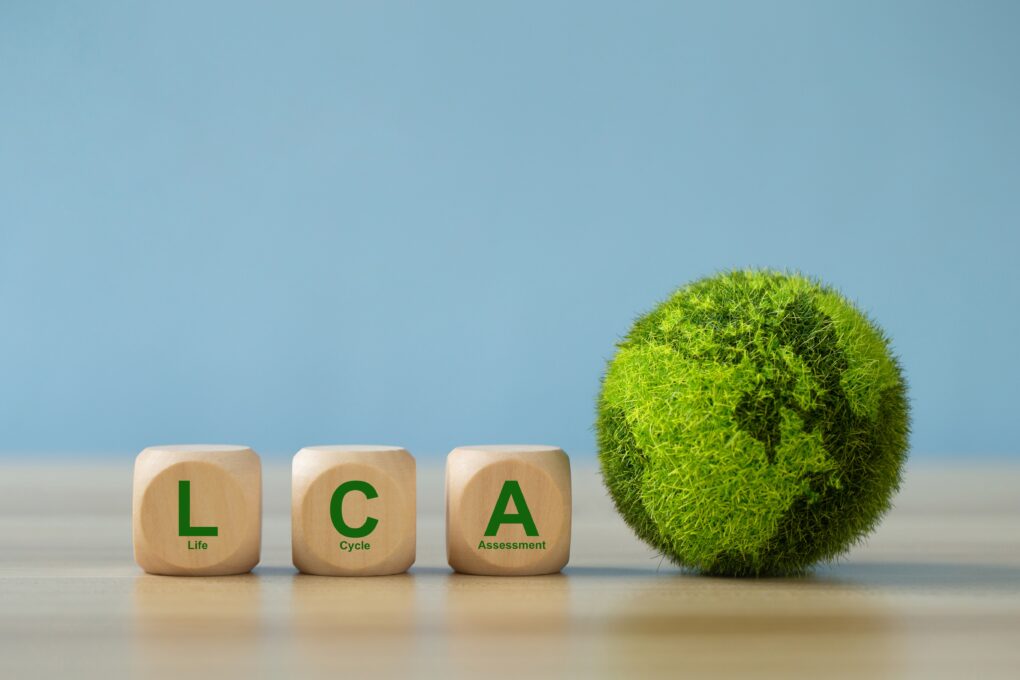
It doesn’t matter what type of company you own. All businesses are currently required to understand and comply with demanding sustainability practices. But, how can your organization achieve this? One of the most effective ways is through Life Cycle Assessment (LCA).
To fully understand everything LCA means for your business, we provide you with a complete overview of this method, including its phases, its impact on industries, and why it’s an essential tool for companies striving for sustainability.
What is Life Cycle Assessment (LCA)?
Life Cycle Assessment (LCA) is a methodology used to assess the environmental impacts associated with all stages of a product’s life, from raw material extraction to disposal. This includes production, transportation, usage, and eventual disposal or recycling. The aim of LCA is to provide businesses with a detailed picture of how their products or services impact the environment, allowing them to make data-driven decisions towards more sustainable practices.
The primary objective of an LCA is to identify opportunities for environmental improvements, quantify impacts, and support decisions on reducing the ecological footprint of processes and products. For businesses, an LCA can be a powerful tool to identify where the largest environmental impacts occur, whether it’s in the material sourcing, production, or the disposal phase.
How does Life Cycle Assessment differ from carbon footprinting?
While Life Cycle Assessment (LCA) encompasses all environmental impacts throughout a product’s lifecycle, carbon footprinting focuses solely on greenhouse gas emissions. LCA includes multiple environmental categories such as water use, pollution, and resource depletion to provide a more comprehensive environmental picture. In contrast, carbon footprinting is a narrower measure that assesses the total amount of greenhouse gases emitted, typically expressed in terms of carbon dioxide equivalents (CO2e).
This distinction is important for businesses considering their environmental strategies. While carbon footprinting is a useful indicator for climate change mitigation, LCA provides a broader perspective that can inform decisions on waste reduction, water use, and overall sustainability.
What are the phases of Life Cycle Assessment (LCA)?
LCA is divided into four key phases:
Goal and scope definition
This phase establishes the purpose and scope of the assessment. It identifies the product, system boundaries, and environmental impact categories to be considered.
Inventory Analysis (LCI)
The life cycle inventory analysis phase involves data collection and calculation of inputs and outputs throughout the life cycle stages. It includes resource consumption, energy use, emissions, and other environmental exchanges.
Impact Assessment (LCIA)
The life cycle impact assessment evaluates the potential environmental impacts of the inputs and outputs identified in the inventory. Categories may include climate change, resource depletion, human health, and ecosystem quality.
Interpretation
This phase involves analyzing the results, drawing conclusions, and making recommendations to improve environmental performance. It ensures the findings are consistent with the goals set in the first phase and provides actionable insights for decision-makers.
What are the benefits of Life Cycle Assessment (LCA)?
Now that you know all the phases of LCA, let’s analyze all its advantages:
Data-driven choices
LCA helps businesses understand the full environmental impact of their products and enables them to make decisions regarding materials, suppliers, and processes.
Compliance and risk reduction
With increasing regulatory demands, conducting an LCA can help ensure compliance with environmental standards and avoid potential legal issues.
Brand reputation
Companies that adopt sustainable practices and transparently communicate their environmental efforts can enhance their brand reputation, especially in markets where consumers value sustainability.
Current legislation and standards for LCA
In the United States, Life Cycle Assessment is guided by international standards such as ISO 14040 and ISO 14044, which provide frameworks for conducting a systematic analysis of environmental impacts. Many industries are increasingly required to provide LCA data to comply with environmental regulations and meet customer demands for sustainable products.
For example, the Environmental Protection Agency (EPA) and state-level entities require detailed reporting on environmental impacts for certain industries. Businesses aiming to market their products as “eco-friendly” must often provide data from LCAs to back up their claims. Moreover, there are other important standards that we should consider:
EN 15804+A2
This standard outlines how Environmental Product Declarations (EPD) should be structured within the construction sector. The NMD Assessment method, a specific adaptation for the Dutch market, incorporates the Environmental Cost Indicator (ECI), which is used in Dutch construction tenders to evaluate sustainability.
PAS 2050 & GHG Protocol
PAS 2050 and the GHG Protocol are related standards for determining and measuring greenhouse gas (GHG) emissions. The GHG Protocol focuses on calculating organizational GHG emissions but is not an LCA-specific standard. While LCA can contribute important data for the GHG Protocol, it encompasses more than just carbon emissions, offering a wider perspective on environmental impacts.
GRI Data Framework Environment
The Global Reporting Initiative (GRI) provides a framework for transparent reporting on LCA, greenhouse gases, and sustainability metrics.
European Energy Efficiency Directive (EED)
The European Energy Efficiency Directive includes binding measures aimed at achieving a 20% energy efficiency target across the EU by 2020. It mandates that EU member states optimize energy use across the entire energy chain, from production to consumption.
PEF (Product Environmental Footprint) and OEF (Organisation Environmental Footprint)
PEF and OEF are initiatives currently in development, spearheaded by the European Commission to standardize the methods used to calculate the environmental footprints of products and organizations. The goal is to create a uniform impact assessment methodology, along with a database containing LCA data and calculation rules tailored to different industrial sectors (PEFCRs).
Tools and software for conducting LCA
LCA’s can be very technical and involve long calculations. And of course, tools and software solutions can make this easier. We have created an overview of the best LCA tools: Helix & Mobius.
Ecochain Helix
Ecochain Helix is a streamlined bulk footprint analysis tool. Instead of calculating LCAs individually, Helix allows manufacturing businesses to conduct LCAs for their entire product range and multiple production sites simultaneously, using the input and output data from your company.
Ecochain Mobius
Ecochain Mobius is a simple and fast product footprinting tool. It enables you to evaluate your product’s environmental impact in just 15 minutes. Mobius is ideal for companies aiming to integrate sustainable design into their operations. They can access the world’s largest environmental impact database, covering all materials, components, and ingredients.
Frequently asked questions about Life Cycle Assessment (LCA)
What industries benefit most from conducting an LCA?
Industries such as manufacturing, construction, and agriculture benefit significantly from LCAs. These sectors often have complex supply chains and resource-heavy processes where understanding the full environmental impact is crucial for sustainability initiatives.
Is LCA mandatory for businesses?
In some sectors, LCAs are required by regulatory bodies, particularly where environmental impacts are heavily scrutinized. Even when not mandated, many businesses voluntarily conduct LCAs to improve their sustainability credentials.
What are the limitations of LCA?
While LCA provides valuable insights, it relies heavily on data quality and availability. Inaccurate or incomplete data can affect the reliability of the assessment. Additionally, conducting a comprehensive LCA can be resource-intensive.
Moving towards sustainability with Life Cycle Assessment
Life Cycle Assessment is a crucial tool for businesses that aim to reduce their environmental impact and make the right decisions when it comes to sustainability. Understanding each stage of a product’s life cycle is essential, as it allows companies to identify areas for improvement, comply with regulations, and enhance their reputation in an increasingly eco-conscious market.
Source: All the information contained in this article has been taken from Universitat Politècnica de Catalunya. (n.d.). Anàlisi de cicle de vida. CITES.

